-
 Bitcoin
Bitcoin $118000
0.40% -
 Ethereum
Ethereum $4525
2.14% -
 XRP
XRP $3.111
0.18% -
 Tether USDt
Tether USDt $1.001
0.00% -
 BNB
BNB $857.7
2.51% -
 Solana
Solana $192.7
1.99% -
 USDC
USDC $0.9999
-0.01% -
 Dogecoin
Dogecoin $0.2372
2.81% -
 Cardano
Cardano $0.9621
4.53% -
 TRON
TRON $0.3550
1.92% -
 Chainlink
Chainlink $25.91
14.15% -
 Hyperliquid
Hyperliquid $46.75
0.08% -
 Stellar
Stellar $0.4288
0.33% -
 Sui
Sui $3.817
1.25% -
 Bitcoin Cash
Bitcoin Cash $585.5
-0.31% -
 Ethena USDe
Ethena USDe $1.001
0.00% -
 Hedera
Hedera $0.2545
0.88% -
 Avalanche
Avalanche $25.26
4.03% -
 Litecoin
Litecoin $121.4
0.85% -
 Toncoin
Toncoin $3.502
1.28% -
 UNUS SED LEO
UNUS SED LEO $9.588
1.89% -
 Shiba Inu
Shiba Inu $0.00001315
1.21% -
 Uniswap
Uniswap $11.19
1.40% -
 Polkadot
Polkadot $4.099
3.12% -
 Dai
Dai $1.000
0.00% -
 Bitget Token
Bitget Token $4.694
1.31% -
 Cronos
Cronos $0.1518
0.03% -
 Monero
Monero $269.7
6.61% -
 Ethena
Ethena $0.7200
-1.56% -
 Pepe
Pepe $0.00001128
1.97%
How to import an old wallet to Exodus? Do I need a private key?
To import an old wallet into Exodus, you need the private key; follow steps to enter it, confirm, and verify funds transfer successfully.
May 08, 2025 at 07:42 pm
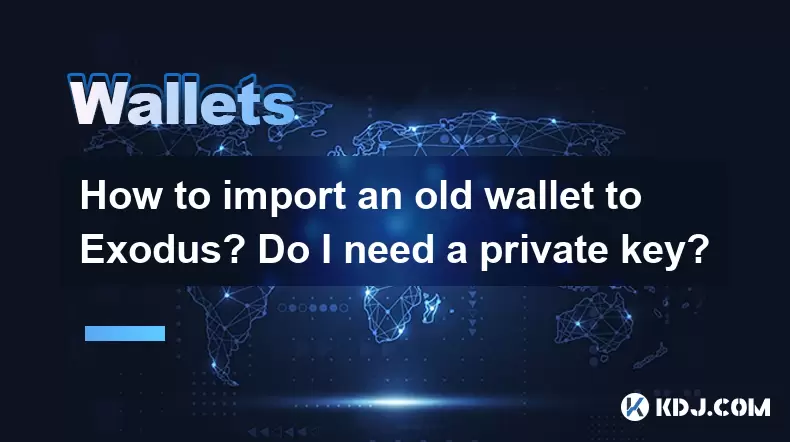
Introduction to Importing an Old Wallet to Exodus
Importing an old wallet into a new platform like Exodus can be a crucial task for cryptocurrency users looking to manage their assets more efficiently. Exodus is known for its user-friendly interface and support for a wide range of cryptocurrencies. When considering whether to import an old wallet, it's important to understand the process and the tools required, such as private keys. This article will guide you through the steps needed to import an old wallet into Exodus, and clarify if a private key is necessary for the process.
Understanding the Need for Private Keys
When importing a wallet to Exodus, a private key is indeed required. The private key is a crucial piece of information that allows you to access and control your cryptocurrency. Without it, you cannot prove ownership of the funds in your wallet. Therefore, before you begin the import process, ensure you have access to the private key associated with your old wallet.
Preparing for the Import Process
Before you start importing your old wallet into Exodus, make sure you have the following ready:
- The private key of your old wallet.
- A backup of your old wallet, if possible, to ensure you can recover your funds in case of any issues.
- An installed and updated version of the Exodus wallet on your device.
Having these items prepared will streamline the import process and minimize the risk of errors.
Step-by-Step Guide to Importing Your Old Wallet
To import your old wallet into Exodus, follow these detailed steps:
- Open Exodus: Launch the Exodus wallet on your device.
- Navigate to the Assets Page: Once the wallet is open, go to the Assets page where you can see all your supported cryptocurrencies.
- Select the Cryptocurrency: Click on the specific cryptocurrency you want to import. For example, if you're importing Bitcoin, click on the Bitcoin asset.
- Access the Wallet Tools: After selecting the cryptocurrency, click on the three dots at the top right corner of the asset page to access the wallet tools.
- Choose 'Import Private Keys': From the menu that appears, select 'Import Private Keys'.
- Enter Your Private Key: A new window will open where you can enter your private key. Carefully type or paste your private key into the provided field.
- Confirm the Import: After entering the private key, click on 'Import' to proceed. Exodus will then process the import and add the funds associated with the private key to your wallet.
Verifying the Imported Funds
Once the import process is complete, it's important to verify that your funds have been successfully transferred to your Exodus wallet. Here's how you can do that:
- Check the Balance: Go back to the Assets page and check the balance of the cryptocurrency you imported. The balance should reflect the amount of cryptocurrency associated with the private key you imported.
- Review Transactions: If you have access to the transaction history of your old wallet, compare it with the transaction history in Exodus to ensure all transactions are accounted for.
- Test a Small Transaction: To further verify the import, you can send a small amount of cryptocurrency to another wallet and confirm that the transaction is successful.
Troubleshooting Common Issues
Sometimes, you may encounter issues during the import process. Here are some common problems and their solutions:
- Invalid Private Key: If Exodus indicates that the private key is invalid, double-check that you have entered the correct key. Ensure there are no typos or extra spaces.
- Funds Not Appearing: If the funds do not appear in your wallet after the import, wait for a few minutes and then refresh the wallet. Sometimes, it takes time for the blockchain to sync and reflect the new balance.
- Error Messages: If you receive any error messages during the import, note down the exact message and search for it in the Exodus support documentation or forums for specific solutions.
Security Considerations When Importing Wallets
When importing an old wallet, security should be your top priority. Here are some tips to keep your funds safe:
- Keep Your Private Key Secure: Never share your private key with anyone. Store it in a secure location, such as a hardware wallet or a safe.
- Use a Secure Connection: Ensure you are using a secure internet connection when importing your wallet to prevent data interception.
- Enable Two-Factor Authentication: If available, enable two-factor authentication on your Exodus wallet to add an extra layer of security.
Frequently Asked Questions
Q: Can I import multiple private keys into Exodus at once?
A: No, Exodus currently supports importing only one private key at a time. You will need to repeat the import process for each private key you want to add to your wallet.
Q: What should I do if I lose my private key after importing it to Exodus?
A: If you lose your private key after importing it to Exodus, you should still be able to access your funds within the Exodus wallet. However, it's crucial to back up your Exodus wallet immediately to prevent loss of access in the future.
Q: Is it possible to import a wallet from a hardware device directly into Exodus?
A: Yes, Exodus supports importing wallets from certain hardware devices like Ledger and Trezor. You will need to follow the specific instructions provided by Exodus for your hardware wallet model.
Q: Can I import a wallet that uses a different type of address format into Exodus?
A: Exodus supports various address formats for different cryptocurrencies. However, if your old wallet uses an unsupported address format, you might not be able to import it directly. In such cases, you may need to convert the address or use a different method to transfer your funds.
Disclaimer:info@kdj.com
The information provided is not trading advice. kdj.com does not assume any responsibility for any investments made based on the information provided in this article. Cryptocurrencies are highly volatile and it is highly recommended that you invest with caution after thorough research!
If you believe that the content used on this website infringes your copyright, please contact us immediately (info@kdj.com) and we will delete it promptly.
- Kazakhstan's Crypto Leap: Bitcoin ETF and Central Asia's Digital Finance Future
- 2025-08-13 12:45:19
- BlockDAG Presale Blazes Past $371M: Fundraising Frenzy Fuels Crypto Sensation
- 2025-08-13 13:05:21
- Meme Coins: Chasing the 2025 Surge – Which Will Moonshot?
- 2025-08-13 10:25:23
- Bitcoin's Wild Ride: Rally, Pullback, and What's Next
- 2025-08-13 10:25:23
- Bitcoin, Bitmax, and Institutional Demand: A New Era of Crypto Investment
- 2025-08-13 10:45:12
- Solana, ROAM, and Airdrops: What's the Buzz in 2025?
- 2025-08-13 11:35:13
Related knowledge
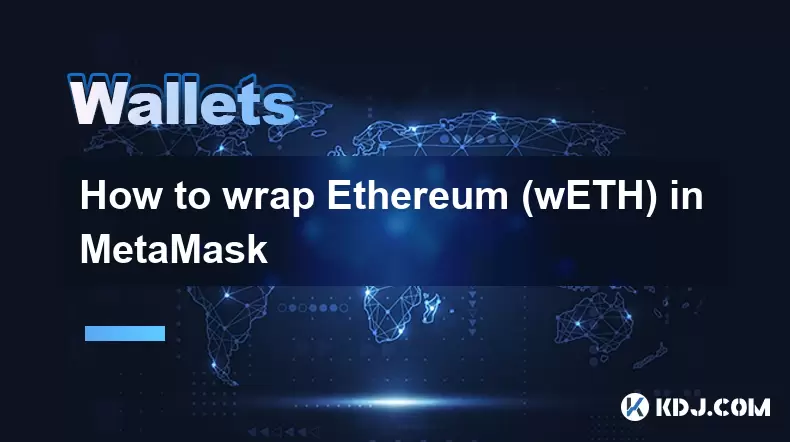
How to wrap Ethereum (wETH) in MetaMask
Aug 13,2025 at 11:36am
Understanding Wrapped Ethereum (wETH)Wrapped Ethereum (wETH) is a tokenized version of native Ethereum (ETH) that conforms to the ERC-20 standard, ena...
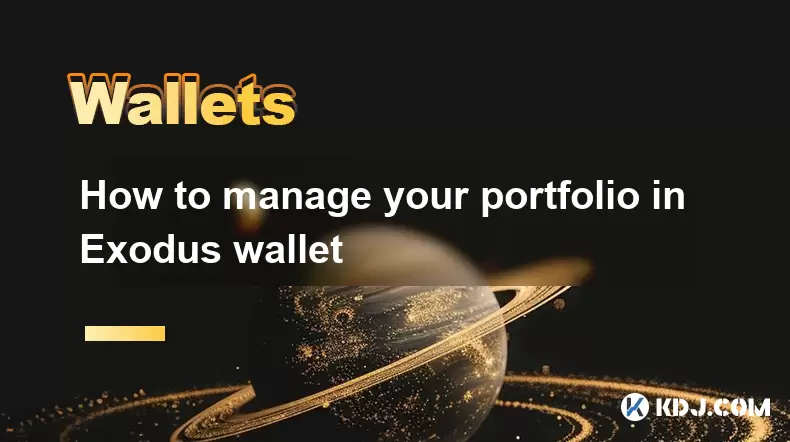
How to manage your portfolio in Exodus wallet
Aug 08,2025 at 10:07pm
Understanding the Exodus Wallet InterfaceThe Exodus wallet is a non-custodial cryptocurrency wallet that supports a wide range of digital assets. When...

How to manage your portfolio in Exodus wallet
Aug 13,2025 at 11:35am
Understanding the Exodus Wallet InterfaceThe Exodus wallet is a non-custodial cryptocurrency wallet that supports a wide range of digital assets. Upon...
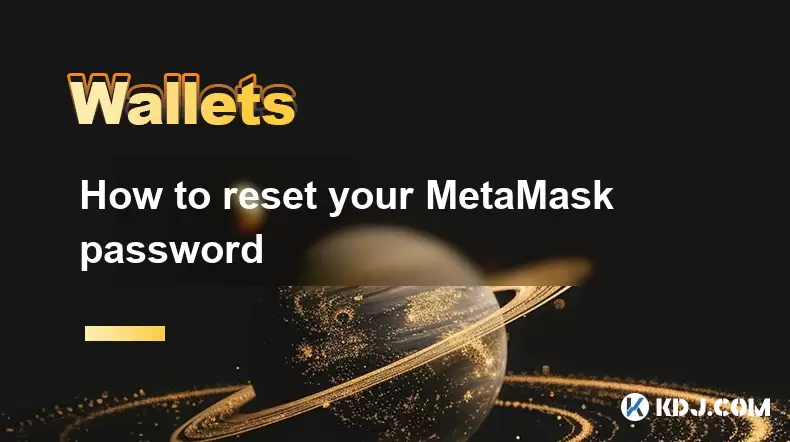
How to reset your MetaMask password
Aug 08,2025 at 01:28pm
Understanding the MetaMask Password Reset ProcessMany users confuse the MetaMask password with the seed phrase or private key, but they serve differen...
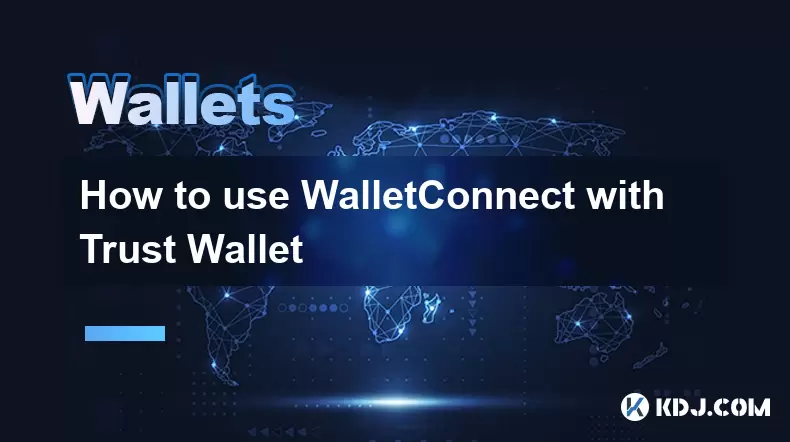
How to use WalletConnect with Trust Wallet
Aug 13,2025 at 01:07am
What Is WalletConnect and Why It Matters for Trust Wallet UsersWalletConnect is an open-source protocol that enables secure communication between dece...
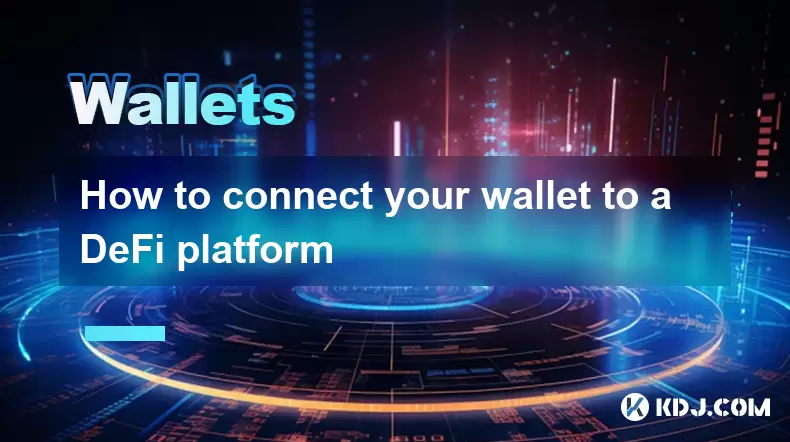
How to connect your wallet to a DeFi platform
Aug 13,2025 at 11:36am
Understanding Wallet Compatibility with DeFi PlatformsBefore connecting your wallet to any DeFi platform, it's essential to ensure your wallet is comp...

How to wrap Ethereum (wETH) in MetaMask
Aug 13,2025 at 11:36am
Understanding Wrapped Ethereum (wETH)Wrapped Ethereum (wETH) is a tokenized version of native Ethereum (ETH) that conforms to the ERC-20 standard, ena...

How to manage your portfolio in Exodus wallet
Aug 08,2025 at 10:07pm
Understanding the Exodus Wallet InterfaceThe Exodus wallet is a non-custodial cryptocurrency wallet that supports a wide range of digital assets. When...

How to manage your portfolio in Exodus wallet
Aug 13,2025 at 11:35am
Understanding the Exodus Wallet InterfaceThe Exodus wallet is a non-custodial cryptocurrency wallet that supports a wide range of digital assets. Upon...

How to reset your MetaMask password
Aug 08,2025 at 01:28pm
Understanding the MetaMask Password Reset ProcessMany users confuse the MetaMask password with the seed phrase or private key, but they serve differen...

How to use WalletConnect with Trust Wallet
Aug 13,2025 at 01:07am
What Is WalletConnect and Why It Matters for Trust Wallet UsersWalletConnect is an open-source protocol that enables secure communication between dece...

How to connect your wallet to a DeFi platform
Aug 13,2025 at 11:36am
Understanding Wallet Compatibility with DeFi PlatformsBefore connecting your wallet to any DeFi platform, it's essential to ensure your wallet is comp...
See all articles

























































































